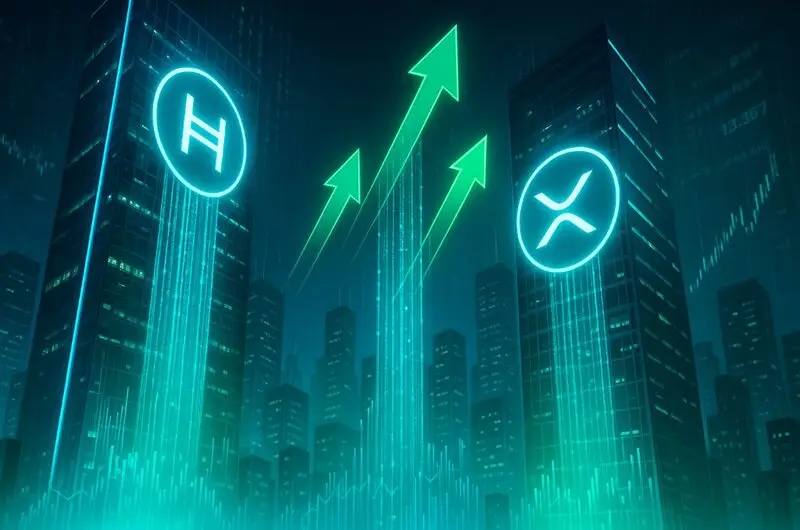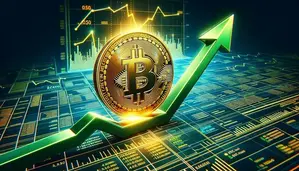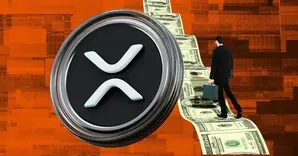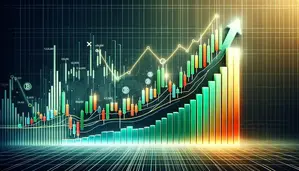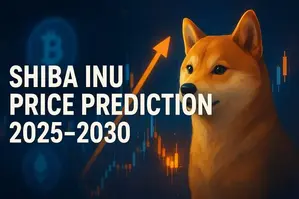USDC on HBAR has skyrocketed by an extraordinary 2,150% in recent weeks, driven by institutional demand as banks increasingly adopt the XRP Ledger for their digital payment infrastructures. This surge comes at a time when financial institutions worldwide are actively seeking blockchain solutions to modernize cross-border transactions, with XRP news highlighting significant partnerships between major banks and Ripple technology. As Ripple news continues to emerge about institutional adoption, the cryptocurrency market is witnessing a fundamental shift toward enterprise-grade blockchain solutions.
🚨 $HBAR Trading Volume $224.12M up 52% last 24hrs 👀
— Mark (@markchadwickx) May 22, 2025
Something BIG is coming! 😜 https://t.co/TB2i8vlye7
Also Read: Pi Coin Price Prediction: $600 Investment Could Make You a Mini-Whale by 2030
Banks Push XRP as USDC Explodes on HBAR Amid Crypto Shake-Up
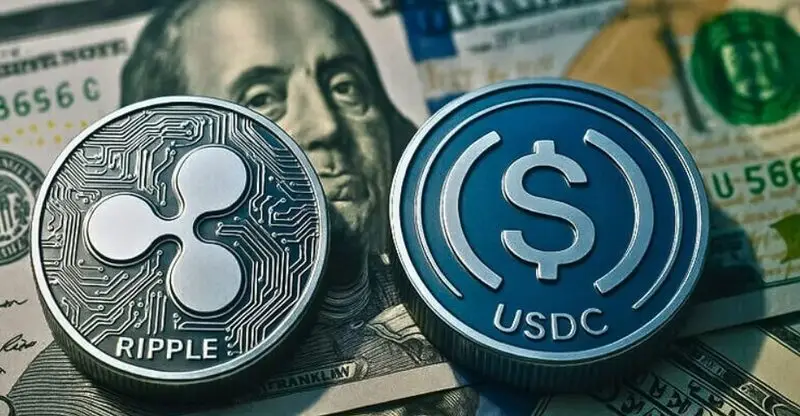
There has been a significant increase in the use of blockchain technology in the banking sector, especially with Hedera Hashgraph and XRP Ledger. Traditional payment systems are no longer adequate for the needs of modern commerce, so financial institutions are investing heavily in cryptocurrency-based options.
Stablecoin Dominance Powers HBAR Growth
USDC is now the dominant token on HBAR, making up 99.87% of all assets on the Hedera network and collecting $1,137 in fees to increase the value locked to $209.63 million. The rise in USDC on HBAR is because it serves as a replacement for the US dollar in crypto transactions, with more people embracing stablecoins on several blockchains worldwide.
$HBAR is at the centre of stablecoin adoption with native-Hedera $USDC spiking over +2150% in recent weeks as usage surges. As we all know, Circle's USDC may very well be utilized as an alternative, real-world digital dollar. pic.twitter.com/8srZURq3zN
— ALLINCRYPTO (@RealAllinCrypto) May 21, 2025
Accordingly, trading volume for HBAR has increased to $224.12 million within 24 hours which is 52% more than the previous day. Currently, HBAR’s market capitalization stands at $8.38 billion and its price has risen above $0.20 after climbing 4.4% last week.
Also Read: On The Contrary, Trump May Secretly Want Recession: Here’s Why
XRP Ledger Captures Banking Attention

Banks are increasingly eyeing the XRP Ledger as the foundation for entire digital ecosystems, moving beyond simple payment processing to comprehensive blockchain integration. The technology’s ability to settle transactions in 3-5 seconds while maintaining negligible fees has positioned it as a superior alternative to traditional SWIFT systems.
Yoshitaka Kitao, CEO of SBI Group, said:
“XRP’s practical use case in payments sets it apart from other digital currencies, and RippleNet continues to see growing adoption by financial institutions.”
Previously, business consultant Jake Claver disclosed that international payment systems result in banks having over $27 trillion of capital on hold. Thanks to its technology, XRP Ledger allows financial institutions to send funds overseas in seconds at significantly less cost which can help free up huge amounts of unused capital.
Expert Versan Aljarrah emphasized the significance of XRP holdings, and said:
“You’re not just holding a crypto asset with XRP; You’re holding a key to the new financial system.”
Institutional Adoption Accelerates Market Transformation
The convergence of USDC on HBAR growth and also the XRP Ledger adoption represents a larger transformation in how banks approach digital assets in general. Japan leads this movement, with about 80% of the country’s banks preparing to integrate XRP into their cross-border payment systems by 2025, also highlighting the global shift toward cryptocurrency-based financial infrastructure.
WILD TAKE: 🇺🇸 XRP won’t just power payments.
— All Things XRP (@XRP_investing) May 21, 2025
Banks are eyeing it to run entire digital ecosystems — from CBDCs to custody to asset tokenization.
This isn't just speculation.
Let me show you why. 🧵👇🏻 pic.twitter.com/kOm9iQrQiA
With the Bank of Japan recognizing XRP Technology, mainstream adoption in the industry can rise to a new level in Japan and create substantial increases in volume on blockchain networks. The trust led by this validation is likely to bring adoption of these technologies by other institutions, helping the XRP Ledger and USDC on HBAR succeed in today’s finance.
Also Read: Bitcoin: If You Invested $5,000 in BTC a Year Ago, Here’s Your Return Now
Seeing USDC up 2,150% on the HBAR ecosystem and banks cautiously using the XRP Ledger points to a big shift in crypto adoption. When traditional lenders adopt blockchain for international payments and asset management, both networks are set to gain from this trend. These technologies are being treated by banks as useful improvements rather than risky investments which suggests the existing growth is simply the start of important changes in finance worldwide.
